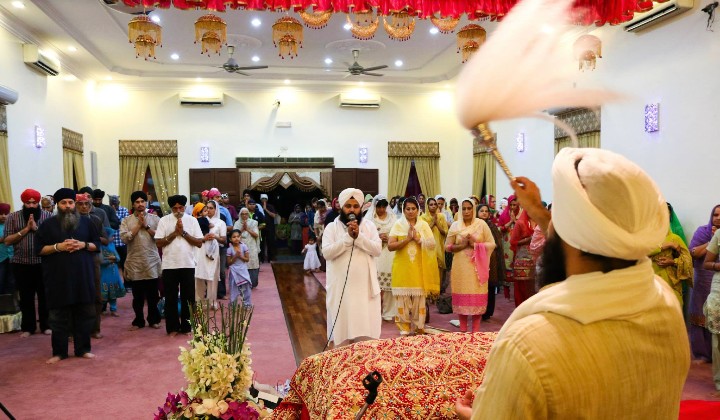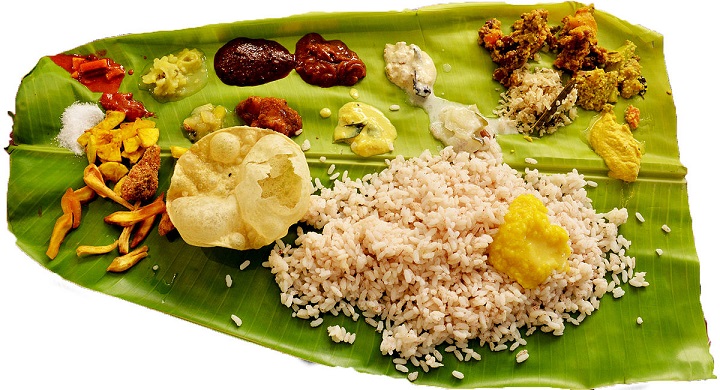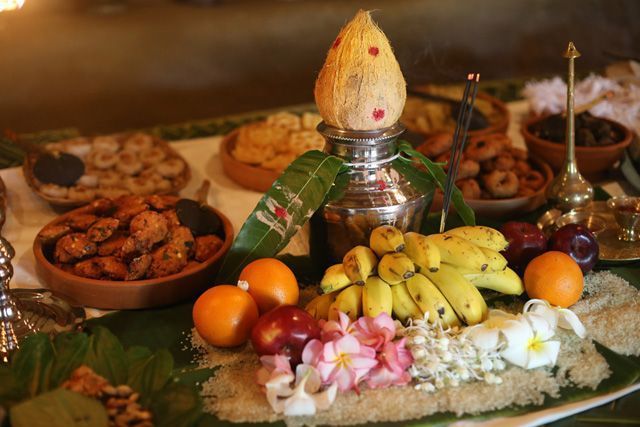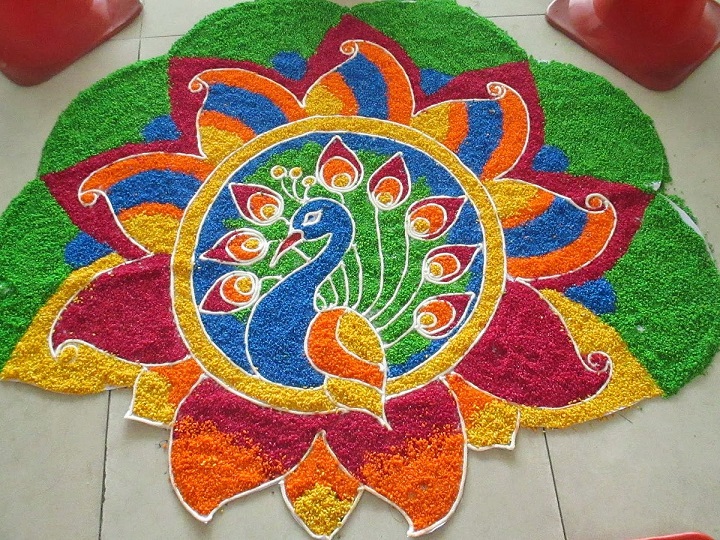Did You Know April Is A Pretty Big Deal For Malaysian Indians?

Subscribe to our new Telegram channel for the latest updates on Covid-19 and other issues.
In Malaysia, the most widely known festivals attributed to the local Indian community are Deepavali and Thaipusam.
However, Malaysia’s Indian community is far more diverse than most would realise. Besides the predominant Tamil community, there are the Malayalees, Telugus, Punjabis, Sindhis, Gujaratis. Many also practice Islam, Sikhism, Buddhism, Jainism and Bahá’í.
This means that there are plenty of significant celebrations and festivals throughout the year in the Malaysian Indian community, but the month of April just so happens to be a pretty big deal for many in the community.
In April, there’s the Malayalee New Year called Vishu, Sikhs celebrate Vaisakhi while Tamils celebrate the New Year called Chittirai Puttandu.
These three celebrations tend to fall around the same time in mid-April, usually with one day difference, and are quite important to the communities as they usher in new beginnings for the year.
Vishu
Vishu heralds the beginning of the Malayalee New Year.
On this day, the most significant event is the sighting of the Vishukkani at dawn which is believed to bring luck throughout the year.

(Credit: Tourism News Live)
The Vishukkani comprises of auspicious items like rice, lemon, golden cucumber, jackfruit, kanmash kajal, betel leaves, golden yellow Konna flowers, an oil lamp, coins and currency notes and an image of Vishnu, the Hindu god.
The day is filled with feasting or Sadya of traditional vegetarian dishes of sweet, salty, sour and bitter served on a banana leaf. ‘Veppampoorasam’ (a bitter preparation of neem), Kanji (drink made of rice, spices and coconut milk) and ‘Mampazhapachadi’ (a sour mango soup) are typically served.

(Credit: Wikipedia)
Vaisakhi
Celebrated widely by the Punjabi and Sikh communities around the globe, Vaisakhi is a highly important celebration.

(Credit: Sikhinside/Facebook)
It began as a traditional harvest festival in the Punjab province, and later on celebrated to commemorate the formation of Sikh’s Khalsa identity in the late 17th century. The baptism of Sikhs into Khalsa is seen as a step towards emancipation from class, creed, race and gender, while fighting oppression and upholding righteousness.
The Khalsa identity is visually seen in the form of unshorn hair (kept in a turban) and wearing of stainless steel bangle.

(Credit: Sikh Naujawan Sabha Malaysia/Facebook)
On this day, Sikhs will go to the gurdwara to pray and sing hymns. Free vegetarian meals are served to anyone who enters.
Chittirai Puttandu
The first day of the Tamil solar calendar is marked by the month of Chittirai. As it’s the New Year, it’s a day to usher in new hope as well as good health, wealth, peace and prosperity.
On the eve of Puthandu, a platter of fruits and vegetables with Neem flowers and leaves, new clothes, gold or silver jewellery and cash is placed in the prayer room in the house in front of a mirror.

The next morning, sighting the reflection of the platter soon after waking up is a symbol of prosperity. After taking a bath and wearing new clothes, the entire family will complete prayers for the occasion.
This is followed by a feast that usually consists of pacchadi (raita) made of grated raw mango, jaggery, salt, red chillies, neem leaves, a dash of turmeric and oil. There’s also vadai, sambhar, sadam, payasam, appalam, vegetable curry, fresh mango pickle and curd.

(Credit: Wikipedia)
Have a blessed Vishu, Vaisakhi and Chittirai Puttandu!
Share your thoughts with us on TRP’s Facebook, Twitter, and Instagram!
She puts the pun in Punjabi. With a background in healthcare, lifestyle writing and memes, this lady's articles walk a fine line between pun-dai and pun-ishing.





